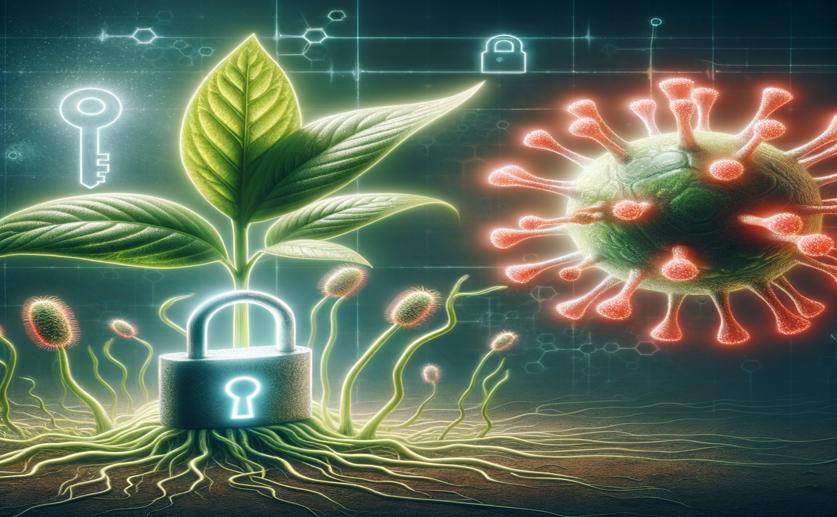
Unlocking Plant Defenses Against Viruses Through Gene Control
Greg Howard
6th March, 2024

Image Source: Natural Science News, 2024
Key Findings
- In a Spanish study, certain genes in plants boost defense against turnip mosaic virus
- These genes are controlled by epigenetic mechanisms, which act without changing DNA
- Plants 'remember' past virus attacks, showing stronger defense in subsequent encounters
References
Main Study
1) Identification of epigenetically regulated genes involved in plant-virus interaction and their role in virus-triggered induced resistance.
Published 5th March, 2024
https://doi.org/10.1186/s12870-024-04866-3
Related Studies
2) Arabidopsis TRB proteins function in H3K4me3 demethylation by recruiting JMJ14.
3) A pair of readers of bivalent chromatin mediate formation of Polycomb-based "memory of cold" in plants.
4) Multiple chromatin-associated modules regulate expression of an intracellular immune receptor gene in Arabidopsis.



 30th January, 2024 | Greg Howard
30th January, 2024 | Greg Howard